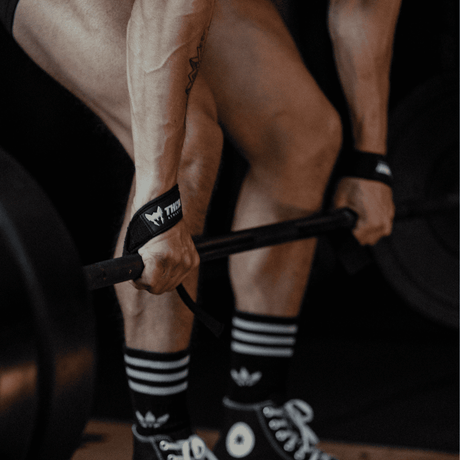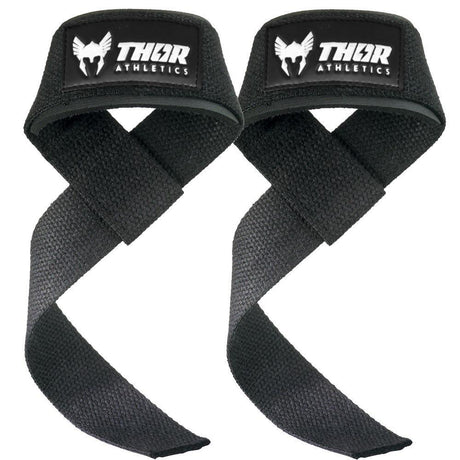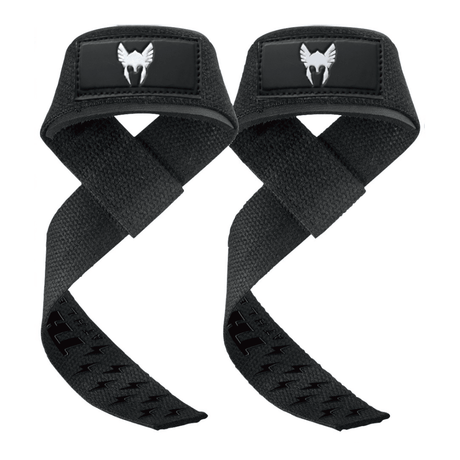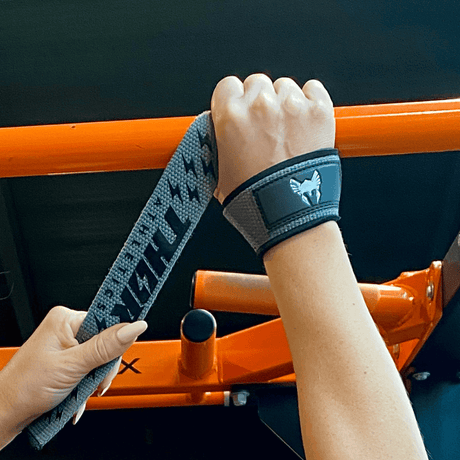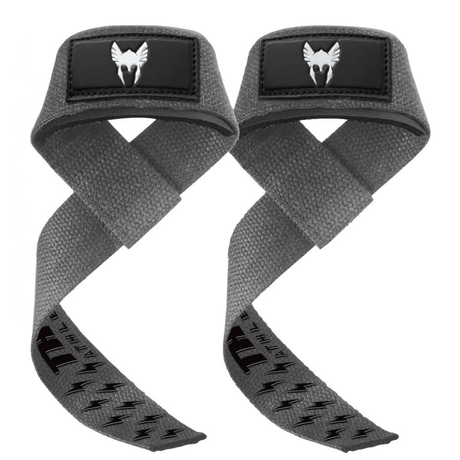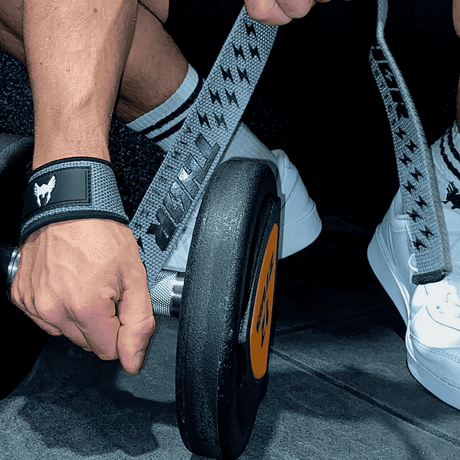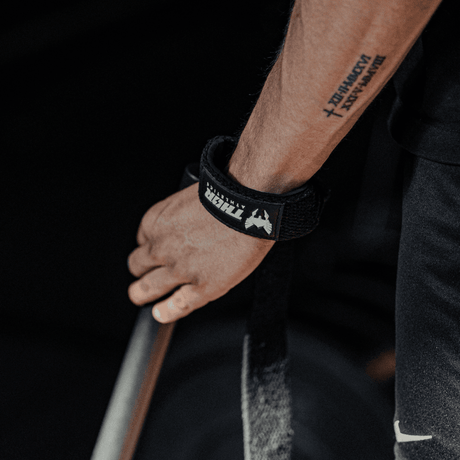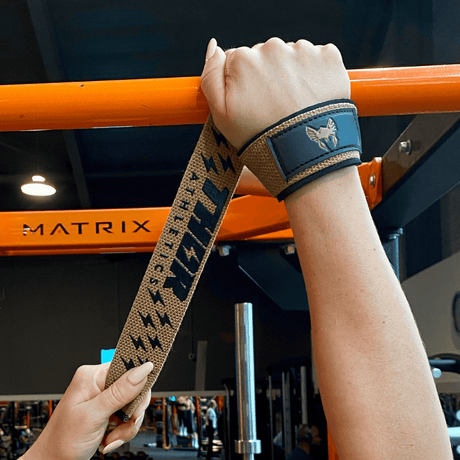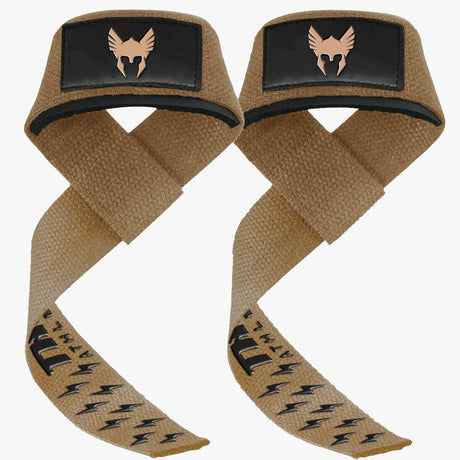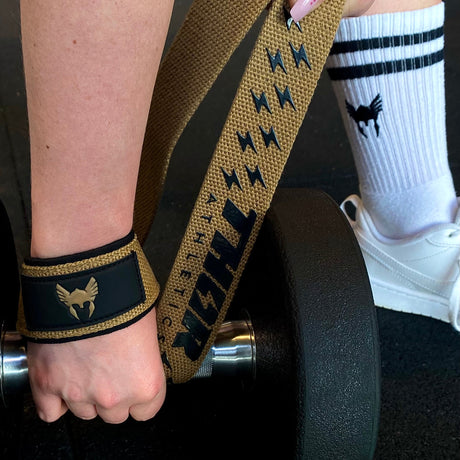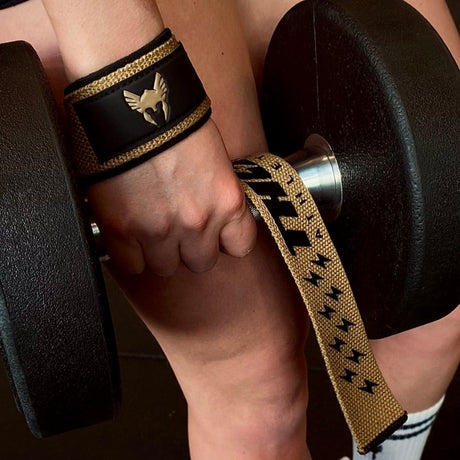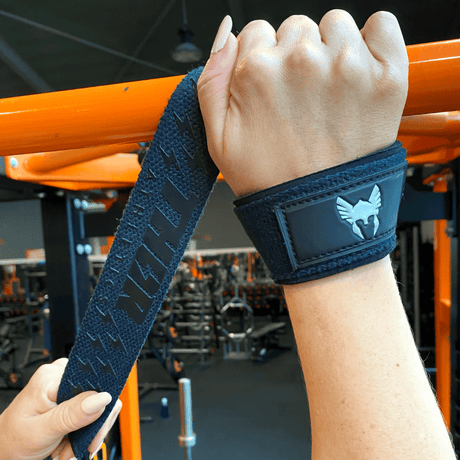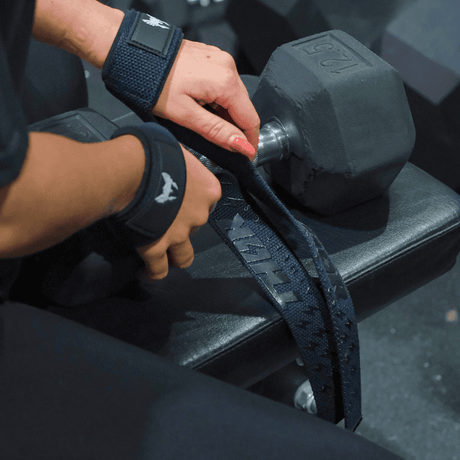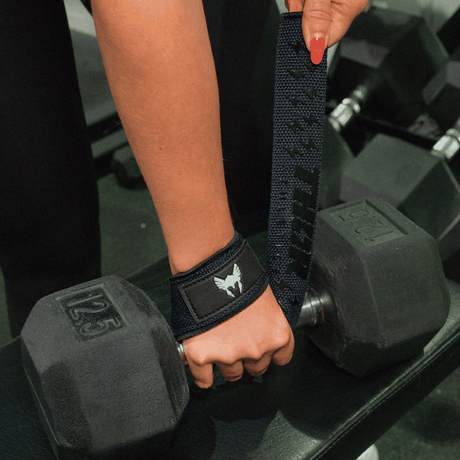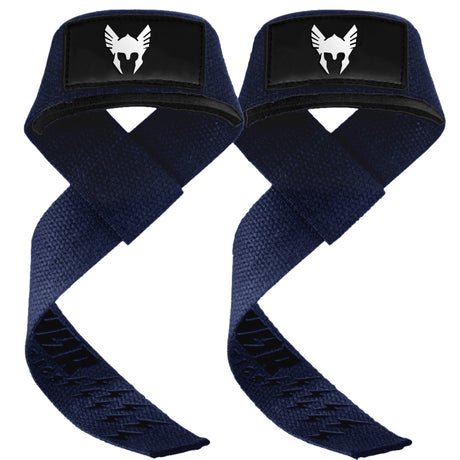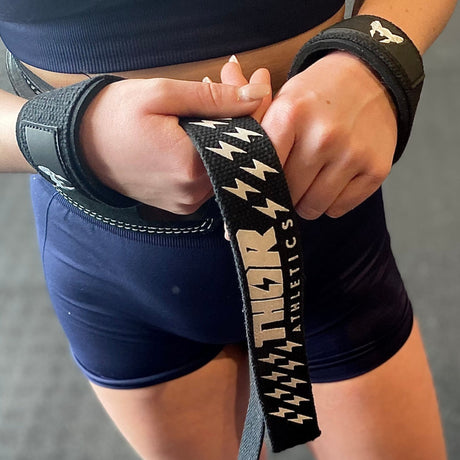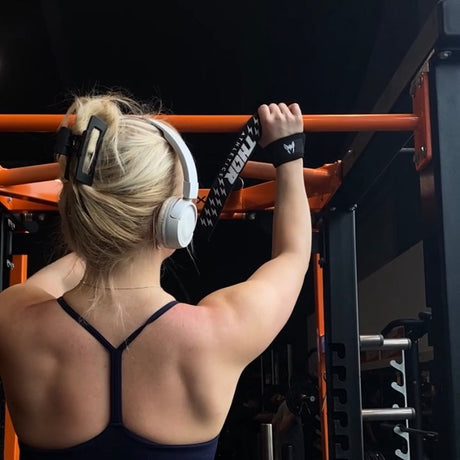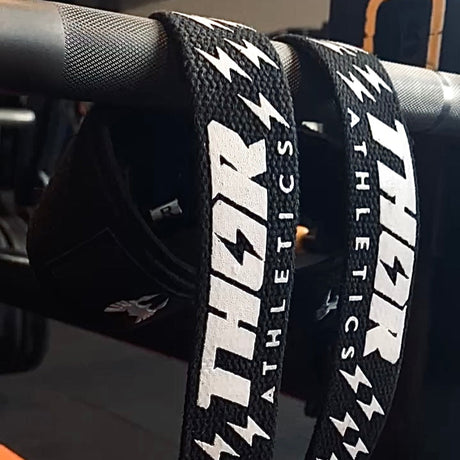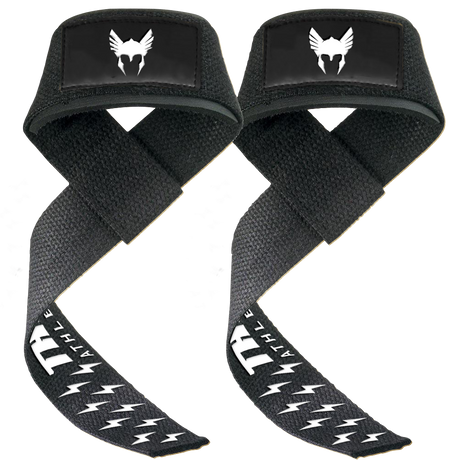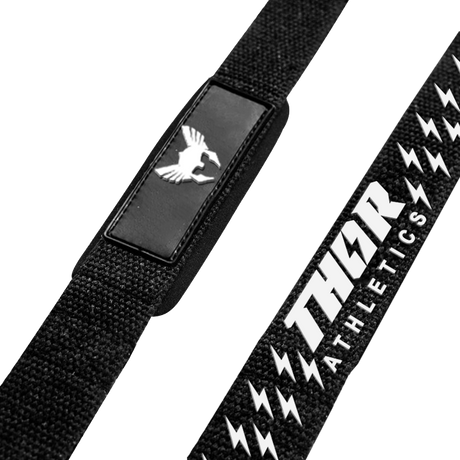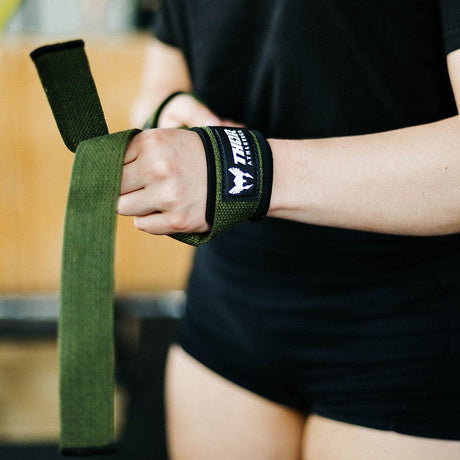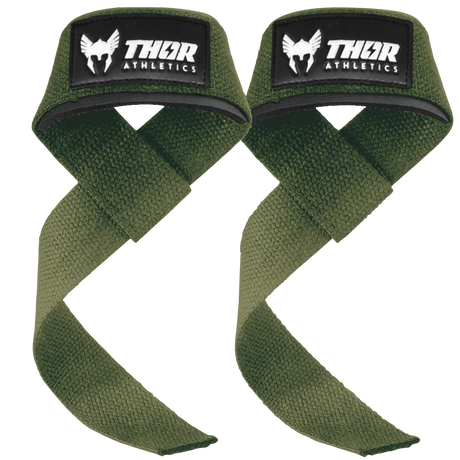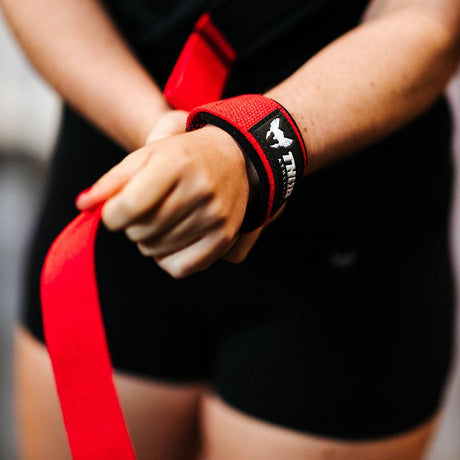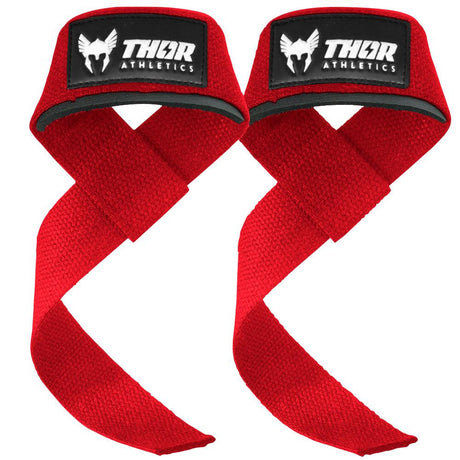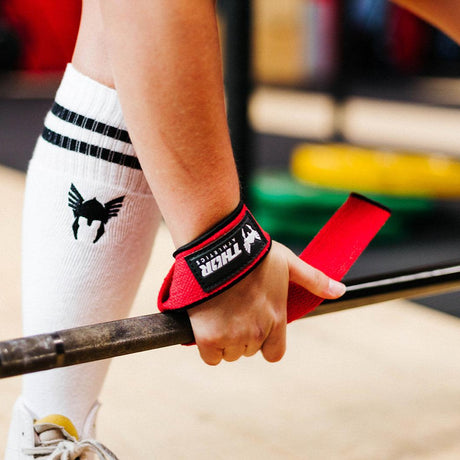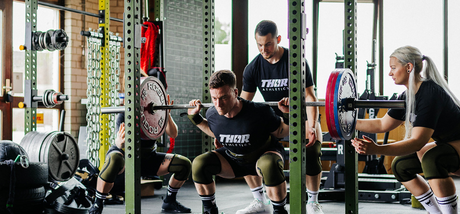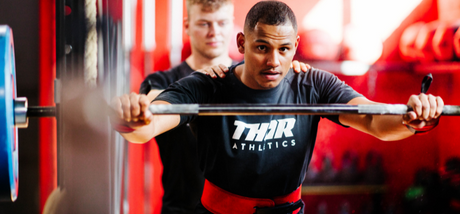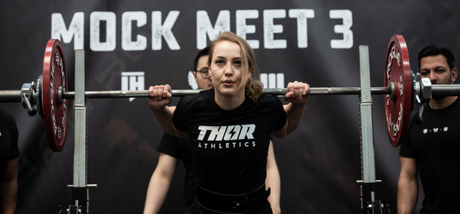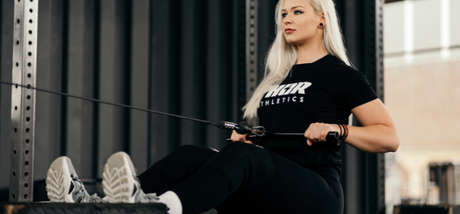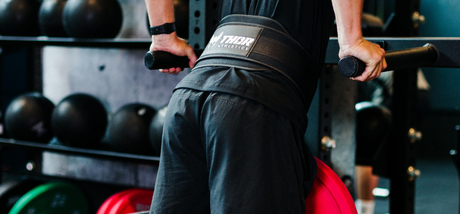In this blog, we dive a little deeper into the Deadlift and its various variations because besides the two well-known variations (Sumo & Conventional), there are many more types of 'Deadlifts' you can use.
In the previous blog, we talked about the Conventional and the Sumo Deadlift; if you haven't read it yet, I recommend you read it first.
Click here to read this blog >>>>
So, grab your can of Reign or toss in two extra scoops and get comfortable because we're going to learn something today.
I am going to discuss the following deadlift variations with you:
- Trap Bar Deadlift
- Paused Deadlift
- Snatch Grip Deadlift
- Romanian Deadlift
- Stiff Legged Deadlift
- Deficit Deadlift
- Block Pull Deadlift
Of course, there are many more, both with Dumbbells and with chains or bands, but these are somewhat the most well-known and used variations of the 'normal' Deadlift.
Trap Bar Deadlift
In this variant of the Deadlift, you don't use a 'normal Barbell' but a Trap Bar (No way, you don't say?!) There are different types of Trap Bars, but generally, the point where you grip the bar is higher than a normal Barbell, reducing the range of motion.
For many people, a trap bar deadlift is easier to perform because the weight lies directly under you (Centre of Gravity). This means the weight is directly beneath you, making it easier to pull because it is a completely straight line.
This is also an advantage because it is much more 'lower back friendly.'
- You start a trap bar deadlift with your feet about shoulder-width apart, but this can vary per person, so feel free to experiment to see what works best for you.
- Just like with another deadlift, you push your shoulder blades down and together, and keep your chest 'up'
- Try to 'push the ground away' as it were
Conclusion; A good variation if you are just starting with Deadlifting because it is easier to learn and puts much less stress on your lower back. Note that this is not an official powerlifting exercise, so you MUST NOT use it in a powerlifting competition.
Paused Deadlift
With this variant of the Deadlift you do (Sumo or Conventional), you apply a 'Pause' at your 'weakest' point. Generally, this is somewhere in the middle of the rep.
So you stop here for a moment, and believe me; that is tough, very tough. You literally pause the repetition at your weakest point, stay strong Bro.
It is important to keep everything in your body tense. If you don't, your back will easily 'round,' and we now know that this is NOT ideal and increases your risk of injury.
This variant is also great for your grip strength because you literally hold the bar longer with each repetition. Don't care about your grip strength and just want to increase your deadlift? Then use Straps.
Only the Thor Athletics Straps though, the others don't work optimally Bro. Just kidding of course, but if you are going to use Straps, click here.
A good guideline for a pause is to let it last at least 2 seconds. This may not seem long, but just wait until you have that weight in your hands. Believe me, then it feels just as long as when you took 3 scoops of pre-workout for the first time in the evening and then tried to fall asleep. If you know, you know.

Snatch Grip Deadlift
Let's start with my own experience with this variant, fun right?
When I was still under the guidance of a Coach who helped me become the strongest version of myself, Yes Yes I know, very cliché but well, you just have to deal with it.
He programmed a variation of the Snatch Grip Deadlift, this was the Snatch Grip Romanian Deadlift. Obviously not exactly the same but that doesn't matter for now.
I still remember very well that when I started with this exercise, first of all the weight had to go drastically down and that I had muscle soreness in places I didn't even know I had muscles..
Man man man, this was really intense. I noticed back then that I progressed very quickly in several exercises and also in my regular Deadlift.
This variant is also one of my favorite exercises as a supplement to a Deadlift..
My muscle soreness back then wasn't surprising either, because with the wider grip you use many more muscles in your upper back than in your lower back. Also, the ROM is greater with this variant (this is because you have your arms wider and therefore push your hips further back before doing a repetition). Good to remember; the wider your arms, the further back your hips go.
To perform this exercise correctly, you will:
- Stand shoulder-width apart or slightly outward or inward, this is also personal.
- Grab the bar wide (as wide as is comfortable for you, but keep in mind that your wrists shouldn't be in an awkward position). For example, you can start with your hands on the first rings on the Barbell as a starting point.
- Start light, don't go for a 1RM right away, begin somewhere around a minimum of 8 repetitions, focus on the technique and also film yourself.
Romanian Deadlift
While we naturally talked about the regular Deadlift not being suitable for optimal muscle growth, the Romanian Deadlift is quite the opposite. This one is extremely suitable for maximum muscle growth.
The biggest difference and advantage of the Romanian Deadlift is that you do the eccentric phase (the part where you lower the weight) in a controlled way and do not let it touch the ground, so you maintain tension on your muscles & basically your whole body throughout the entire rep in this exercise.
You can start a Romanian Deadlift just like you start a regular Deadlift, from the ground. This is not really recommended because it causes extra fatigue, but it is possible.
You can also place the Barbell in a rack at, let's say, knee height and from there get into position to start a rep.
- Stand again about shoulder-width apart
- You let the Barbell lower controlled along your thighs & shins.
- Meanwhile, push your hips as far back as possible. (I used to get the tip to pretend I was sitting on the toilet)
- Be careful that your butt does not or barely goes down; if it goes down a lot, you might be going too deep or maybe using too much weight?
- Keep your knees straight, DO NOT bend them.
- At some point, you feel a stretch in your hamstrings; when this happens and at what depth depends on how flexible you are, of course.
- From there, you push the Barbell back up from your hips and squeeze your glutes at the end of the rep.
There are people who do their Romanian Deadlifts with higher reps (8-12), but also definitely people who do them with lower reps (3-6)
If you choose to go heavy, it might be a good idea to use a Powerlift Belt for some extra stability & safety (IF YOUR FORM IS GOOD)
Stiff Legged Deadlift
This looks quite a lot like the Romanian Deadlift but it is still a bit different..
The main difference is that with this variation you start from the ground and end each repetition on the ground again.
- Again, stand about shoulder-width apart.
- Start a repetition from a stretch (about knee height) or from the ground (this does cause more fatigue and is therefore not recommended)
- Let the bar lower along your thighs and keep tension on your hamstrings.
- End the repetition when the bar is on the ground, pause briefly then start again.
- Make sure everything is tense and stays tense and you don't give a 'jerk' to the bar but lift from your hamstrings.
Deficit Deadlift
In this variation, you stand on a plate or another surface where you stand higher than the Barbell to create an extra large ROM.
There are several advantages to this variation:
- Improved speed from the floor.
- Improvement of the starting position.
- Better Hip & Lower Back strength development.
- More power from the legs.
- Better for muscle growth than a normal Deadlift.
Your setup is basically the same as with a regular deadlift, only now you yourself stand a bit higher.
Block Pull Deadlift
With this variation, you can generally lift about 10-30% more weight because you pull from a block and your ROM is therefore much smaller.
This is actually a regular Deadlift but the ‘shortened version’ because the bar is on an elevation.
Advantages of this variation:
- You can use this as an ‘overload’ exercise, so your body can ‘more easily’ adapt to such heavy weights.
- For example, if you are ‘weaker’ at a lockout, you can use this at a higher elevation to improve in that area.
- Good for your grip, since your ROM is shorter and you can often pull more weight, this is a good grip strength exercise.
As you can see, there are many types of variations on the regular Deadlift.
I understand that it may seem like a lot; it is not mandatory to include one of the above variations in your routine.
Of course, you can also just do Deadlifts alone and make good progress that way.
It can ensure that you make somewhat ‘more optimal’ progress if you add one of the above exercises to your routine, depending, of course, on what your ‘weak’ points are.
Hopefully you learned something again in this blog about deadlift variations; if you have any questions and/or comments, I would of course love to hear them.
Until the next blog,
Martijn








